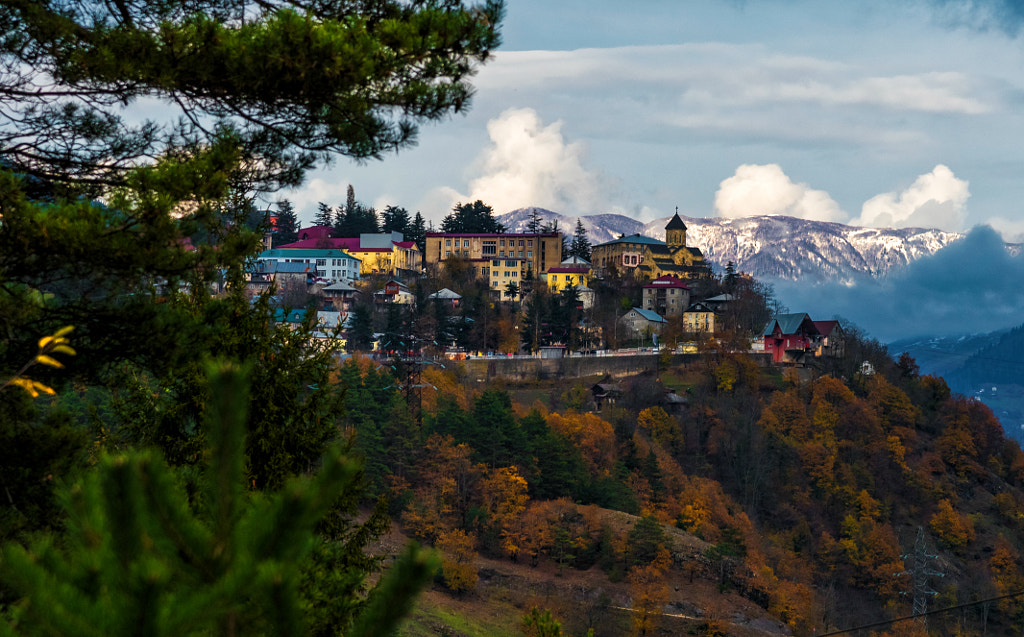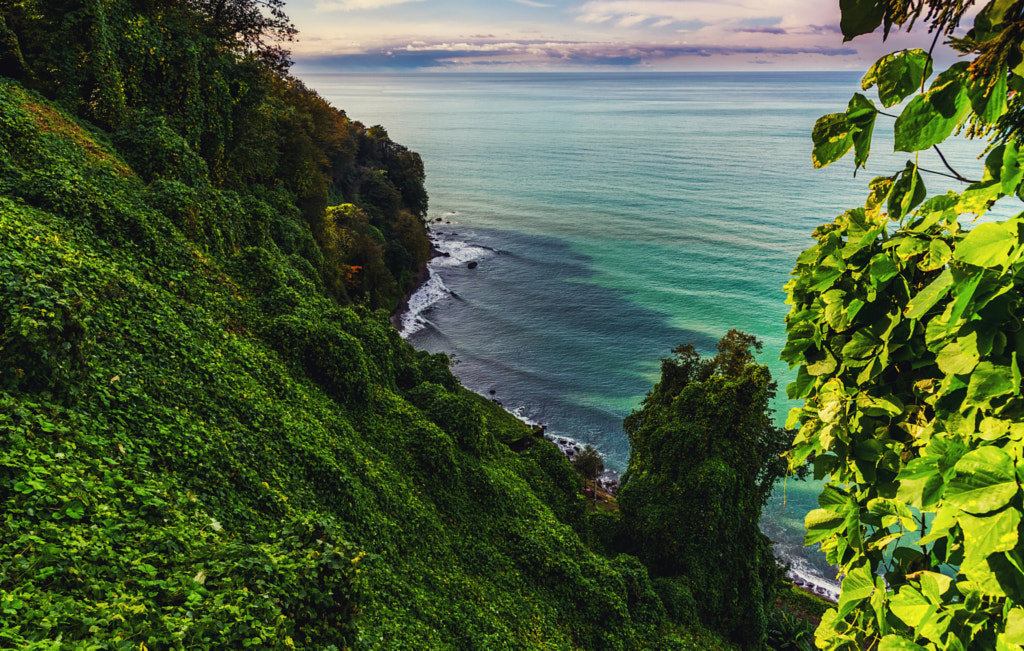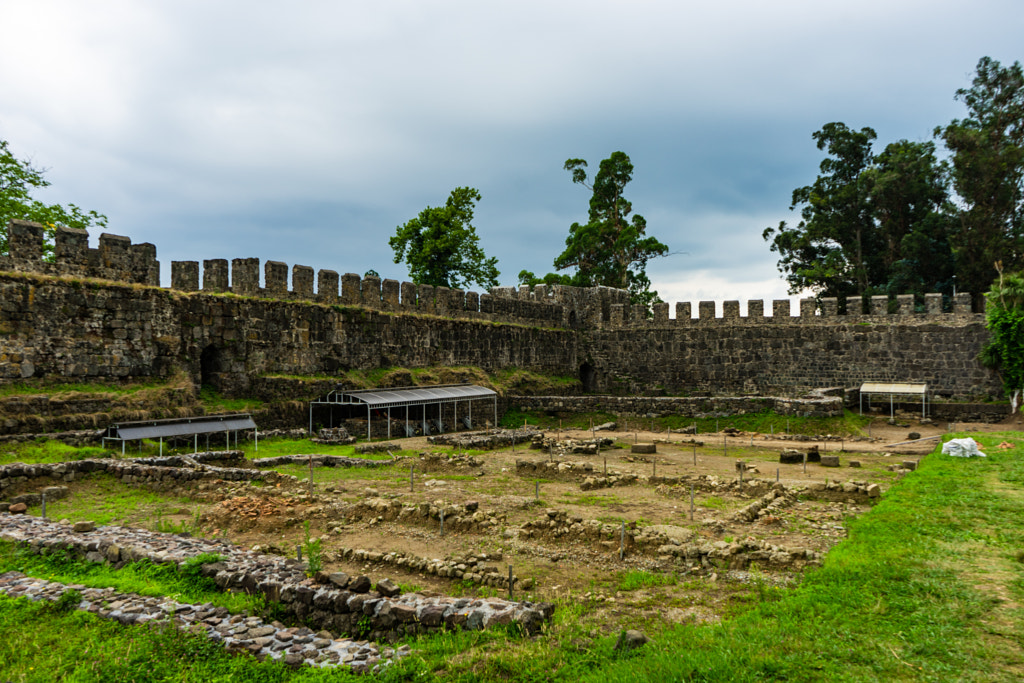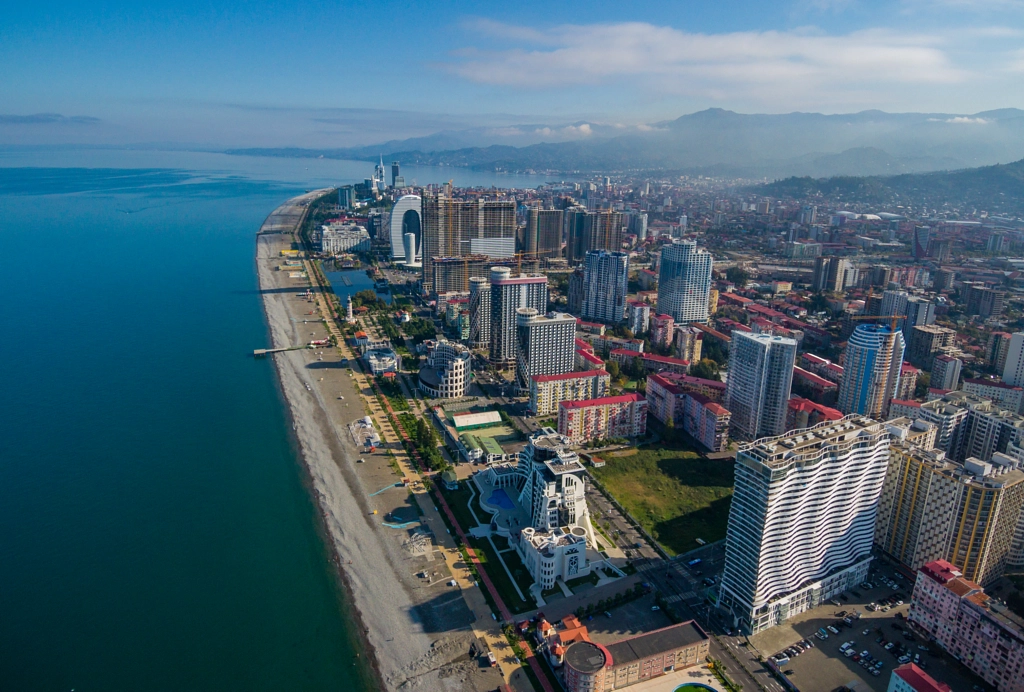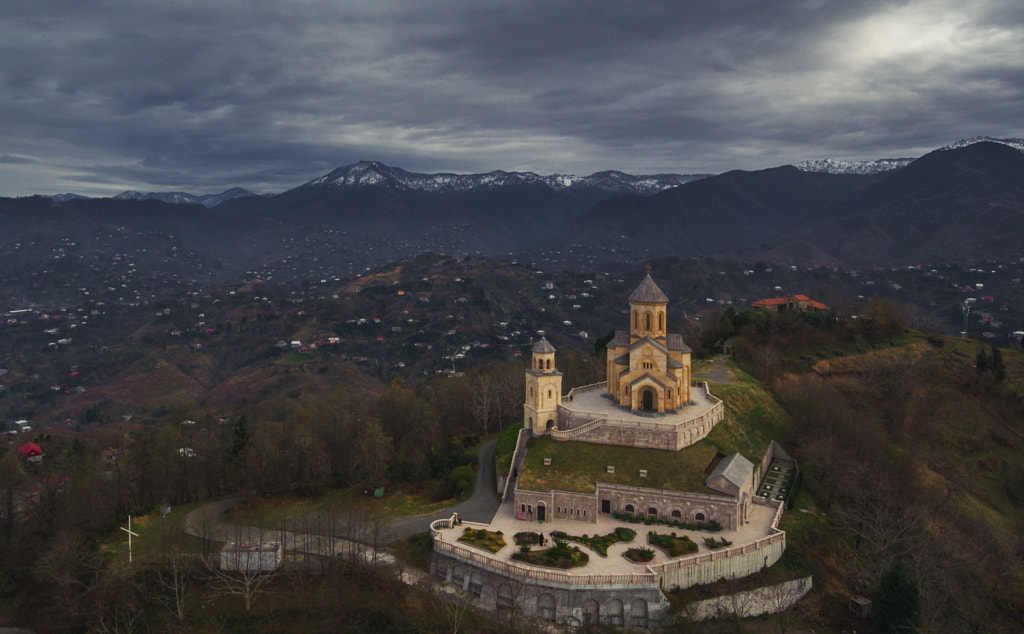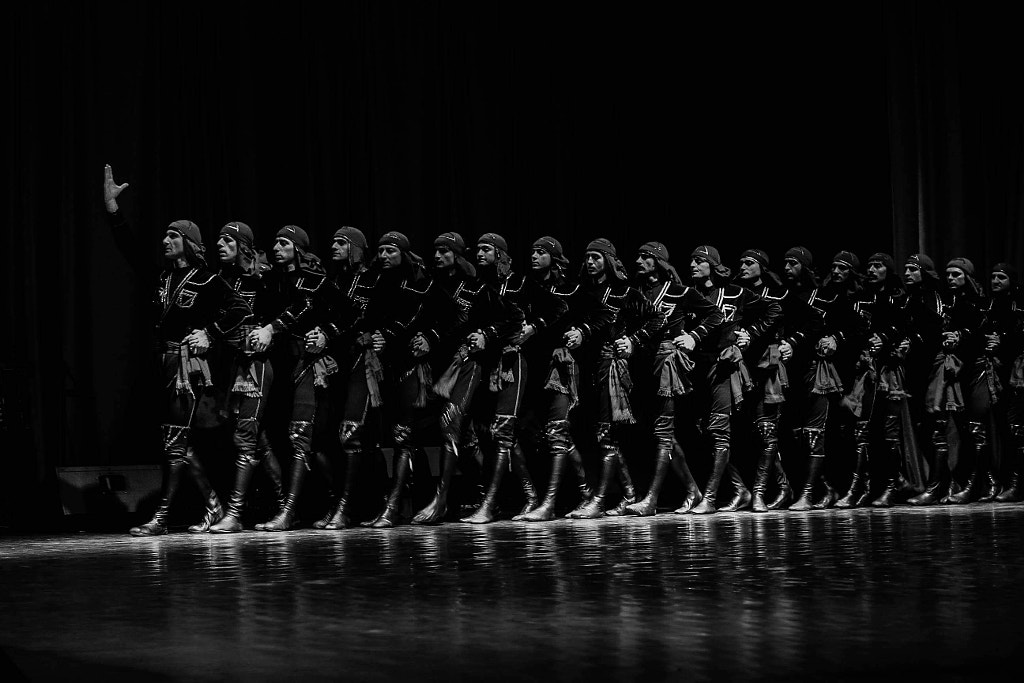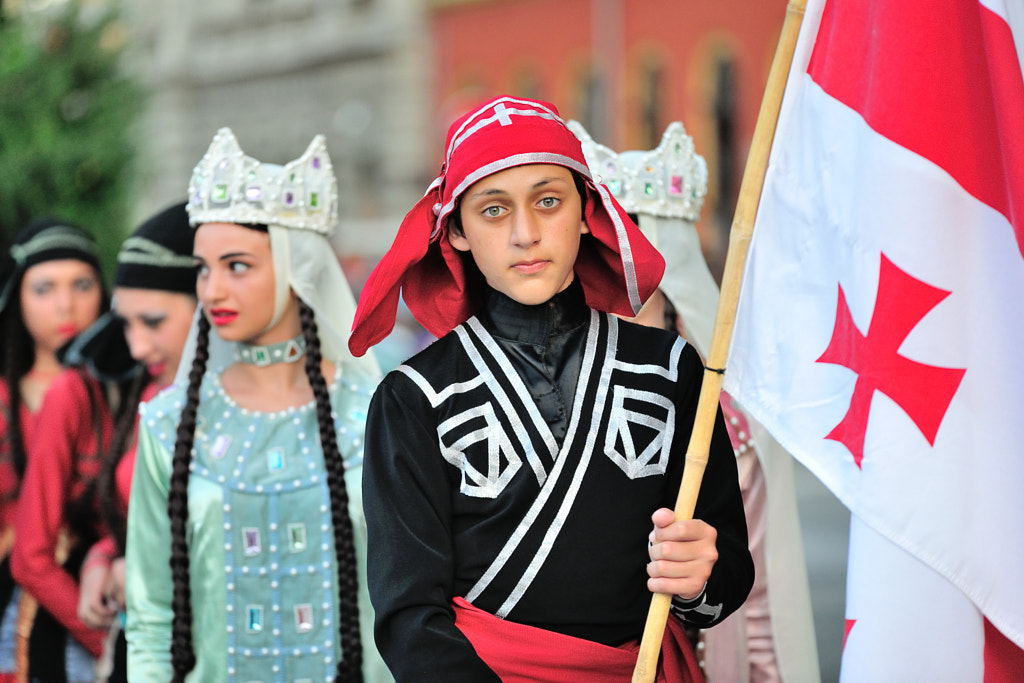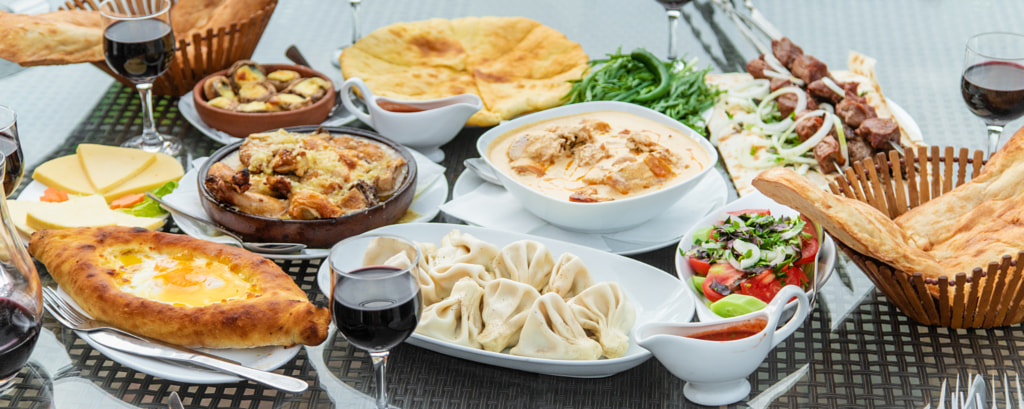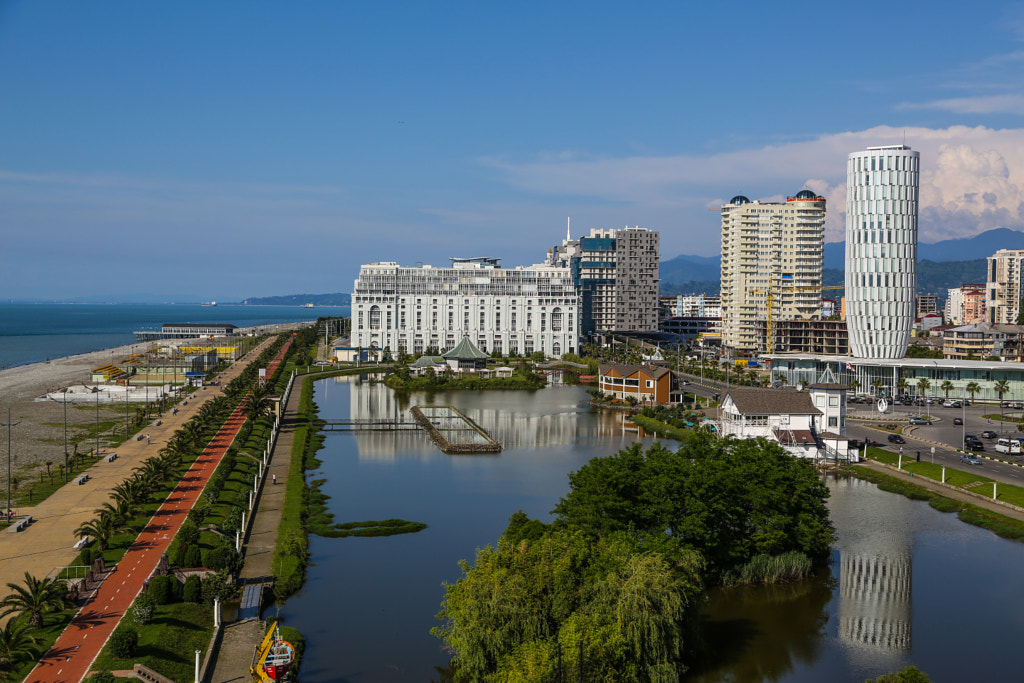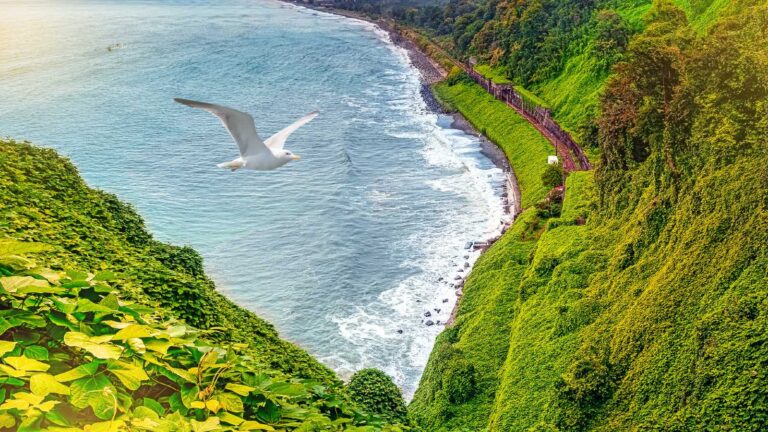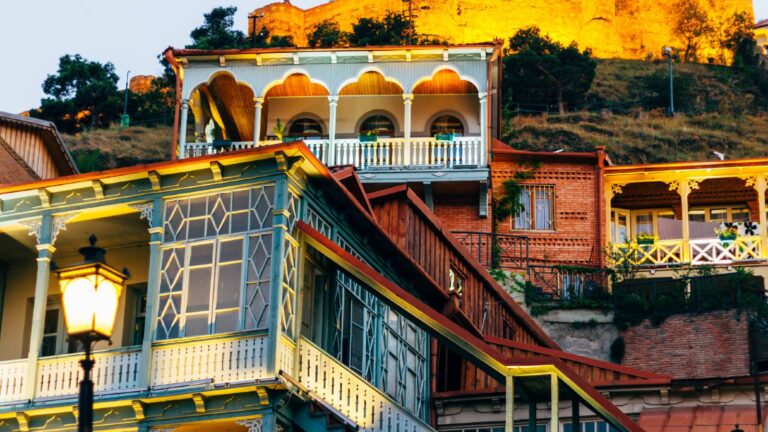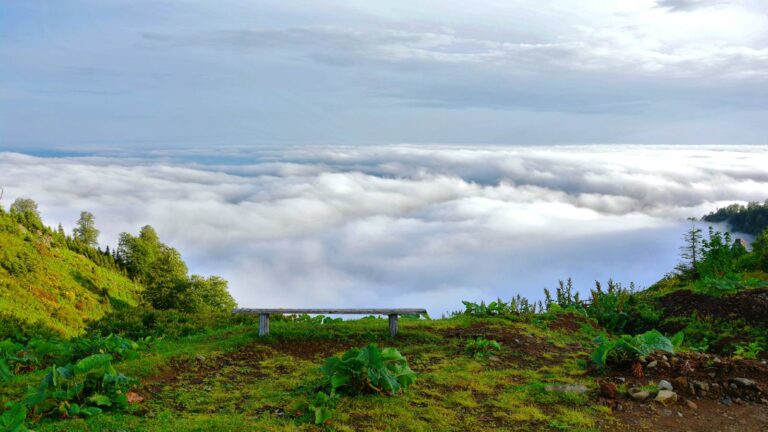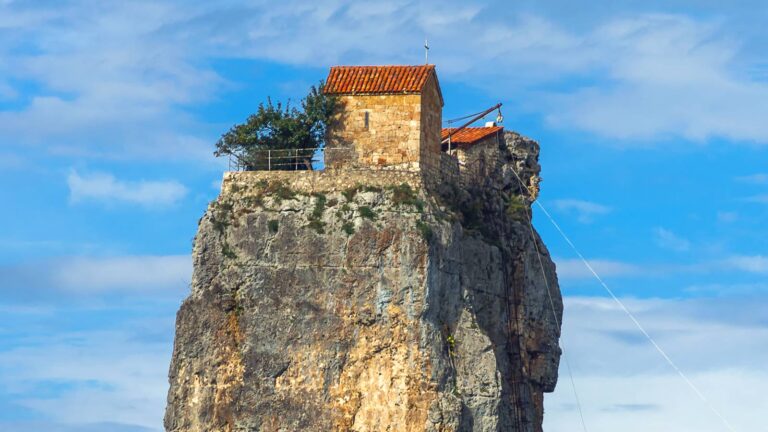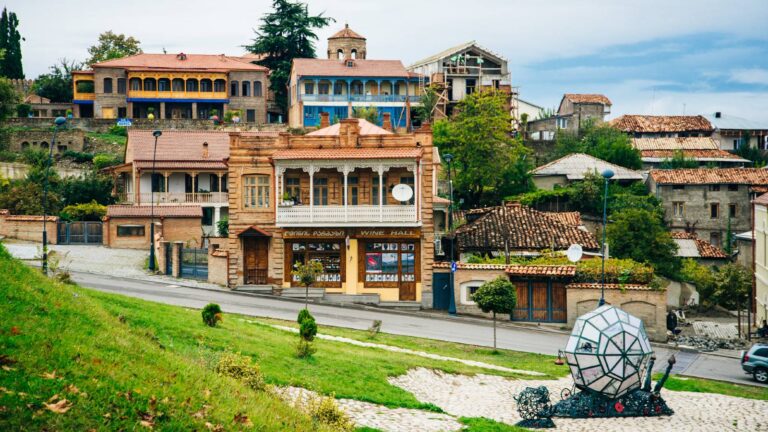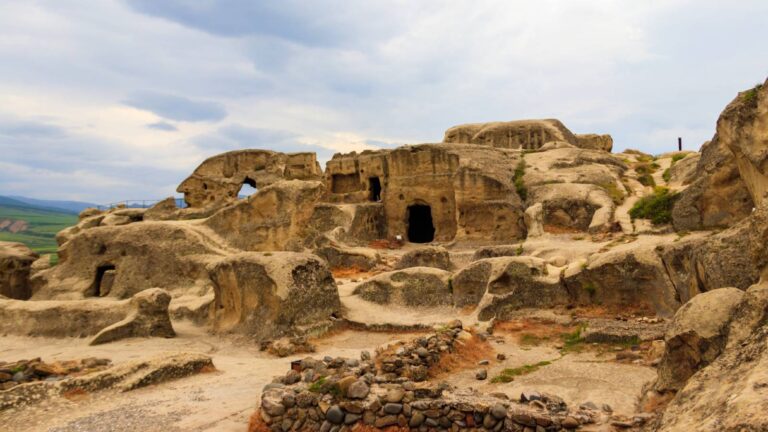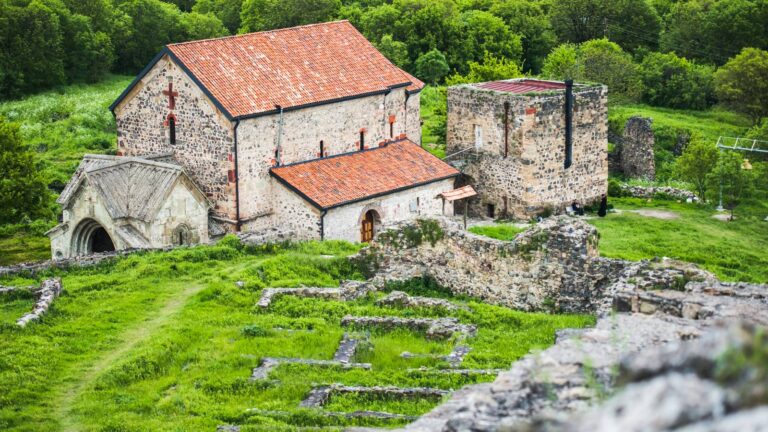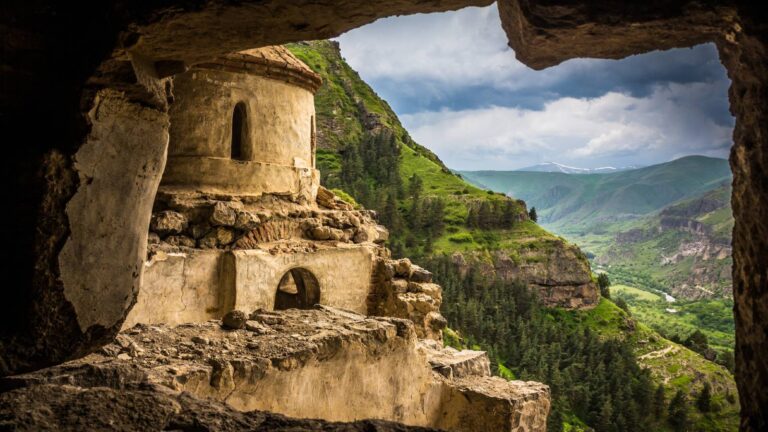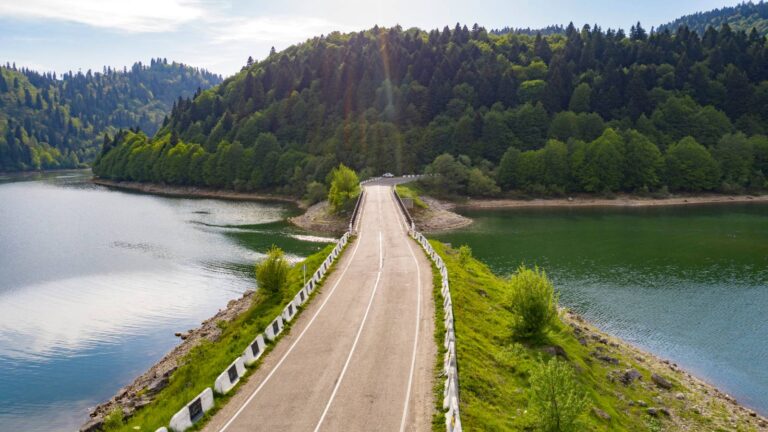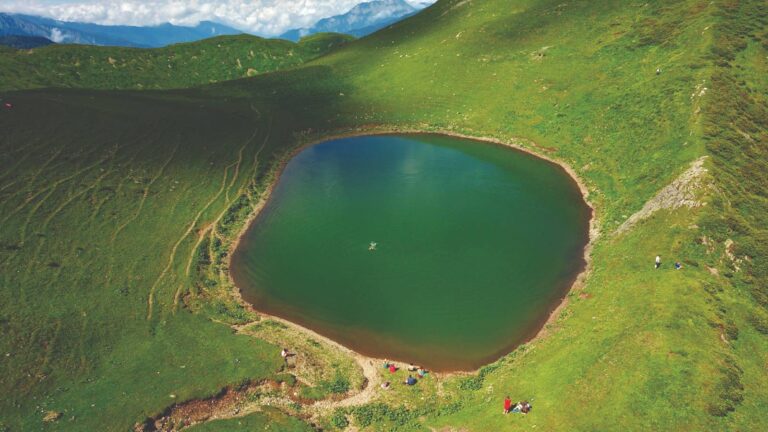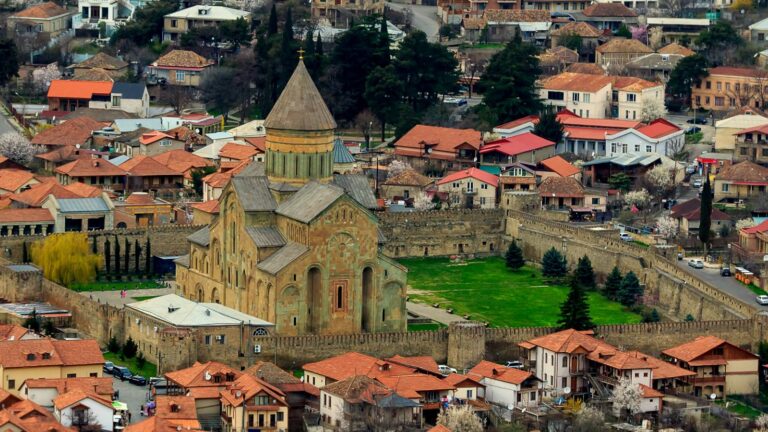International flights to Batumi are available at Batumi international airport.
Trains travel daily to and from Tbilisi Central Railway Station. You can check schedules here.
Minibusses run regularly to Ajara from Tbilisi: “Station Square” Bus Station: “Didube” Bus Station (4, Karaleti str.);
“Ortachala” Bus Station (1, Gulia str); “Gldani”/”Sviri” BusStation; (10, Vasadze str, near Akhmeteli metro station).
Taxis to Ajara can be hired from every city.
Would you ski and surf on the same day? You can do it in Ajara.
You can experience unforgettable adventures here: sky-diving, scuba-diving, water-skiing, or jet-skiing. Ajara has everything you need above and beneath the sea. And in the evening, enjoy your favorite style of music in various bars and clubs. Simply walk through the crisp nature, or stay with a local family to experience genuine hospitality and tranquility in mountainous Ajara. Orange, tangerine, and lemon groves, beautiful orchards, forests, mountain streams, and waterfalls make the entire region truly breathtaking.
The mountains, which reach over 3,000 meters, are home to dozens of mineral water springs, charming wooden villages, and medieval bridges. The historic town of Batumi is the leading tourist destination. Tracing its history back thousands of years, it was once the main port on the ancient Silk Road. Today it is a buzzing resort where the world comes to relax and play. Ajarian cuisine is an inseparable part of Georgian cuisine; however, it has significant Asian influences.
Dairy is a highly prevalent component of the foods typically eaten in the mountains of Ajara. Ajarian Khachapuri is the hallmark of Ajarian cuisine. There are also some must-try traditional sweets.
Nature Destinations
- Kintrishi National Park
- Kobuleti National Park
- Mtirala National Park
- Machakhela National Park
- Batumi Botanical Garden
- Goderdzi Alpine Garden
- Makhunceti waterfall
- Green lake
- Black lake
- The waterfall Namonastrevi
- Mirveti waterfall
- Merisi waterfall
- The natural fridge of Mtisubani
- Gobronti waterfall
- Tbikeli lake
Cultural monuments
- Gonio fortress
- Petra fortress
- Khikhani fortress
- Skhalta monastery
- Khino Namonastrali
- Vernebi church
- Kaviani fortress
- Zendidi fortress
- Tsivasula fortress
- The bridge of Makhuntseti
- Tsmorisi bridge
- Jaimela bridge
- Dandalo bridge
- Tkhilvana Menhir
Resorts
- Batumi
- Beshumi
- Bobokvati
- Goderdzi
- Gomarduli
- Gonio
- Kvariati
- Makhinjauri
- Sarfi
- Kobuleti
Ajara has been part of Colchis and Caucasian Iberia since ancient times. Colonized by Greeks in the 5th century B.C., the region fell under Rome in the 2nd century B.C. Before being incorporated into Abkhazia in the 8th century A.D. It became part of the Lazica.
The latter led to the unification of the Georgian monarchy in the 11th century.
The area was conquered by the Ottomans in 1614. In 1878, they were forced to cede Ajara to the expanding Russian Empire.
After a temporary occupation by Turkish and British troops in 1918–1920, Ajara became part of the Democratic Republic of Georgia.
Ajara went through a lot since then; nowadays, it’s one of the most remarkable and essential parts of Georgia.
Ajara has very diverse folklore. Cheerful poetry, martial dance “Khorumi,” and energetic, lovely dance “Gandagana” express this region’s identity and character in the best way.
Kolkhoba is an ancient Laz festival, unique with the performance dedicated to the myth of Argonauts. Kolkhoba is held at the end of August or at the beginning of September in Sarpi village, Khelvachauri District.
Selimoba is held in Bako village, Khulo Municipality, on July 3 and commemorates the life of Selim Khimshiashvili. A concert with local amateur groups of a folk handicraft products exhibition is held during the festival. It is supported by the Ministry of Education, Culture, and Sports of Ajara.
Shuamtoba is a traditional festival held on the summer mountain pastures of two municipalities (Khulo and Shuakhevi) every August’s first weekend.
Horse racing, folk handicraft products exhibition, and a concert involving folk ensembles are held on Shuamtoba.
Machakhloba is the Machakhela gorge festivity, held in the second half of September. It is a traditional holiday celebrated in Khelvachauri Municipality. The festival begins at the Machakhela rifle monument, continues in the village Machakhispiri and ends in the Zeda Chkhutuneti.
Ajara is well known for its humid climate (especially along the coastal regions) and prolonged rainy weather, although there is plentiful sunshine during the spring and summer months.
Ajara receives the highest amounts of precipitation both in Georgia and in the Caucasus. It is also one of the wettest temperate regions in the northern hemisphere.
September and October are usually the wettest months.
The interior parts of Ajara are considerably drier than the coastal mountains and lowlands.
Winter usually brings significant snowfall to the higher regions of Ajara, where snowfall often reaches several meters.
Average summer temperatures are between 22–24 degrees Celsius in the lowland areas and 17–21 degrees Celsius in the highlands.
The highest areas of Ajara have lower temperatures.
Average winter temperatures are between 4–6 degrees Celsius along the coast, while the interior areas and mountains average around -3–2 degrees Celsius. Some of the highest peaks of Ajara have average winter temperatures of -8–(-7) degrees Celsius.
Ajara is characterized by humid subtropical climate, warm winter and hot summer. There is much snow and less humid climate in mountainous Ajara. The average summer temperature in coastal zones is 22-24 ° C, in the mountains – 17-21 ° C. In winter, lowland areas the temperature is 4-6 ℃, highland areas 3-2 ℃. This area is not rich by lakes, but you can still find some lakes here.
The region has a subtropical climate. It is rich with mountains, forests, beaches, and many healing resorts.
Tobacco, tea, citrus fruits, and avocados are leading crops; livestock raising is also important.
Industries include tea packing, tobacco processing, fruit and fish canning, oil refining, and shipbuilding.
The regional capital, Batumi, is the main gateway for the shipment of goods heading into Georgia, Azerbaijan, and Armenia.
The port of Batumi is used for the shipment of oil from Kazakhstan and Turkmenistan.
Its oil refinery handles Caspian oil from Azerbaijan, which arrives by pipeline to Supsa port and is transported from there to Batumi by rail.
The Ajaran capital is a center for shipbuilding and manufacturing.
Ajara is the main center of Georgia’s coastal tourism industry. Due to its diverse nature and various tourist possibilities, it welcomes the highest number of domestic & international tourists annually.

